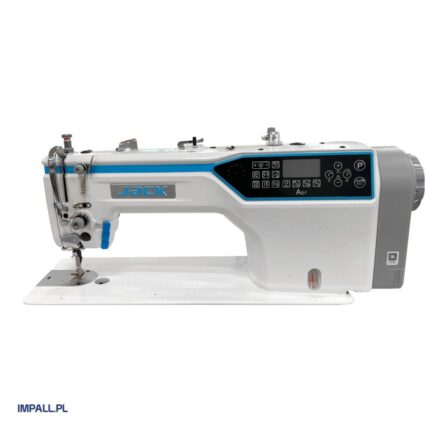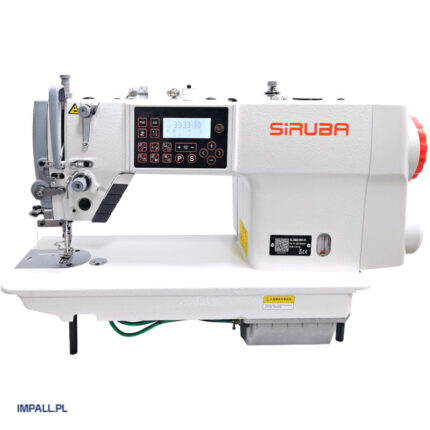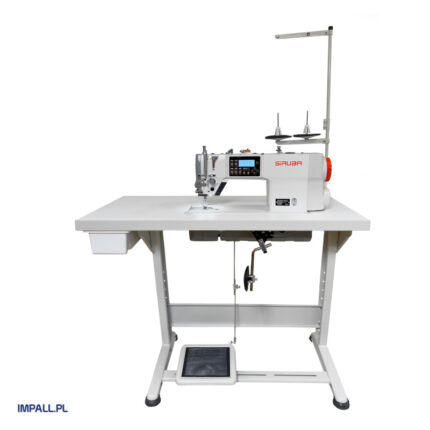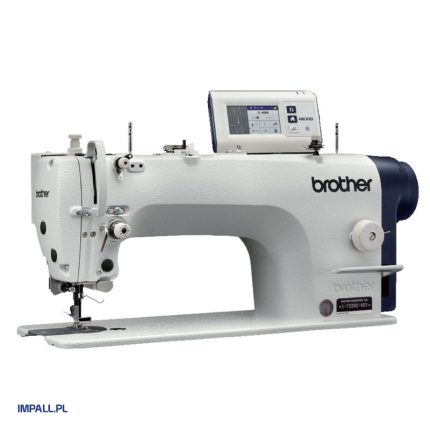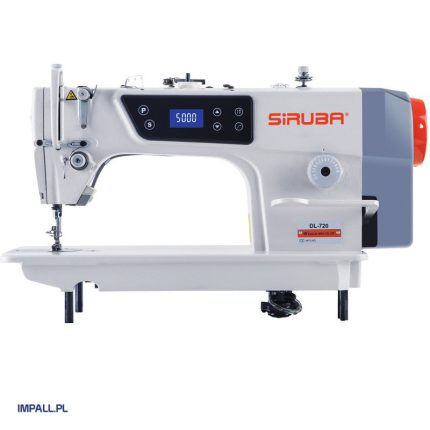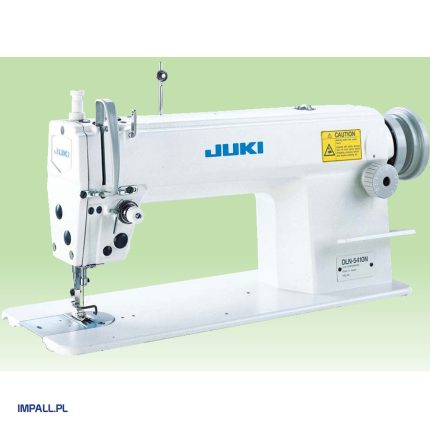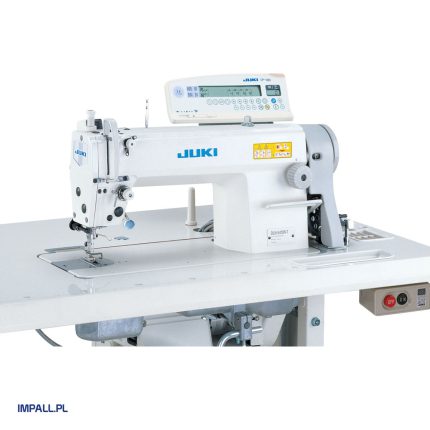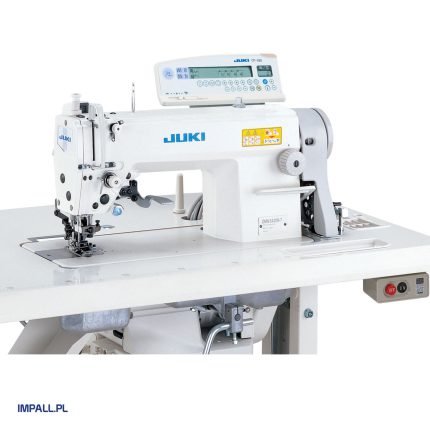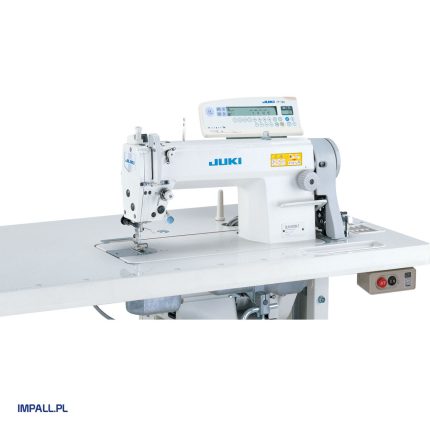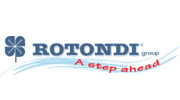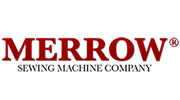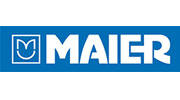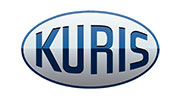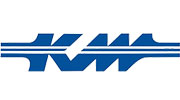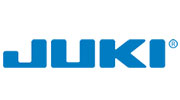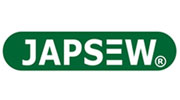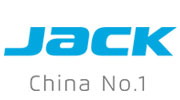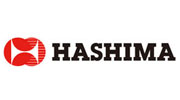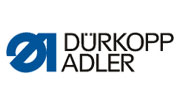- 1-NEEDLE LOCKSTITCH MACHINES
- Lockstitch Machines with Dual Feed (Needle and Bottom Feed)
- Lockstitch Machines with Dual Feed (Bottom and Presser Foot Feed)
- Lockstitch Machines with Triple Feed (Bottom, Presser Foot, and Needle Feed)
- Lockstitch Machines for Light and Medium Materials
- Lockstitch Machines for Medium and Heavy Materials
- Lockstitch Machines with Automatic Needle Positioning
- Lockstitch Machines with Automatic Thread Trimming
- Lockstitch Machines with Automatic Backtacking
- JACK lockstitch machines
- SIRUBA lockstitch machines
- JUKI lockstitch machines
- BROTHER lockstitch machines
- KRAFFT lockstitch machines
- 2-NEEDLE LOCKSTITCH MACHINES
- OVERLOCKS
- 5-Thread Overlock Machines
- 4-Thread Overlock Machines
- 3-Thread Overlock Machines
- Overlock Machines for Light Sewing
- Overlock Machines for Heavy Sewing
- Overlock Machines with Dual Feed
- Overlock Machines with Automation
- Cylindrical Overlock Machines
- Overlock Machines with Electronic Automation
- Pneumatic Automation Overlock Machines
- JACK Overlock Machines
- SIRUBA Overlock Machines
- JUKI Overlock Machines
- PEGASUS Overlock Machines
- BARTACKING MACHINES
- ZIG-ZAG MACHINES
- BUTTON SEWING MACHINES
- BUTTONHOLING MACHINES
- INTERLOCK MACHINES
- CHAINSTITCH MACHINES
- FEED OF THE ARM MACHINES
- BLIND STITCH MACHINES
- AUTOLAP MACHINES
- SEWING AUTOMATIC MACHINE
- SPECIAL MACHINES
- HEAVY SEWING MACHINES
- DECORATIVE STITCH MACHINES
- SEAMLESS MACHINES
Lockstitch Machines with Dual Feed (Needle and Bottom Feed)
JACK A6F-EH
In stock
SIRUBA DL7200D-NH1-16
In stock
SIRUBA DL7200D-NM1-16
In stock
JUKI DLN-5410N-7-WB/AK85/SC920/CP180
In stock
JUKI DMN-5420N-7-WB/AK/SC920/CP180
In stock
Industrial Lockstitch Machines with Dual Feed (Needle and Bottom Feed) – A Major Convenience in a Tailoring/Sewing Workshop
Sewing fabrics and finishing fabric edges through binding are key tasks for any professional tailor. Without a doubt, industrial lockstitch machines with dual feed are essential equipment for every professional sewing workshop—not only do they make work easier, but they also significantly speed up the process. Due to their durability, sturdiness, ease of use, and, most importantly, their ability to handle difficult-to-sew materials, industrial lockstitch machines with dual feed (needle and bottom feed) are often chosen by small tailoring shops and even for private sewing at home.
Characteristics of an Industrial Lockstitch Machine Based on Material Feed Mechanism
The feed mechanism, simply put, is the method by which the fabric is fed through the machine. It involves a metal toothed strip connected to the drive, whose job is to move the fabric by a distance equal to the stitch length. Based on the technical method of fabric handling, we distinguish between upper fabric feed (especially for thin and elastic materials like tulle) and lower fabric feed. Additionally, there are industrial lockstitch machines with dual feed (bottom and presser foot feed) and those with triple feed (bottom, presser foot, and needle feed).
Which Machine for Sewing Denim or Leather? Industrial Lockstitch Machines with Dual Feed (Needle and Bottom Feed) as a Solution for Heavy-Duty Sewing
For sewing thick materials like denim, leather, upholstery, etc., or when there is a need to sew multiple layers of fabric, the best solution is industrial lockstitch machines with dual feed (needle and bottom feed). These machines ensure that, in addition to the bottom feed, the needle also effectively guides the fabric and prevents any shifting. In this case, it’s also crucial to choose the right needles for the sewing machine.

